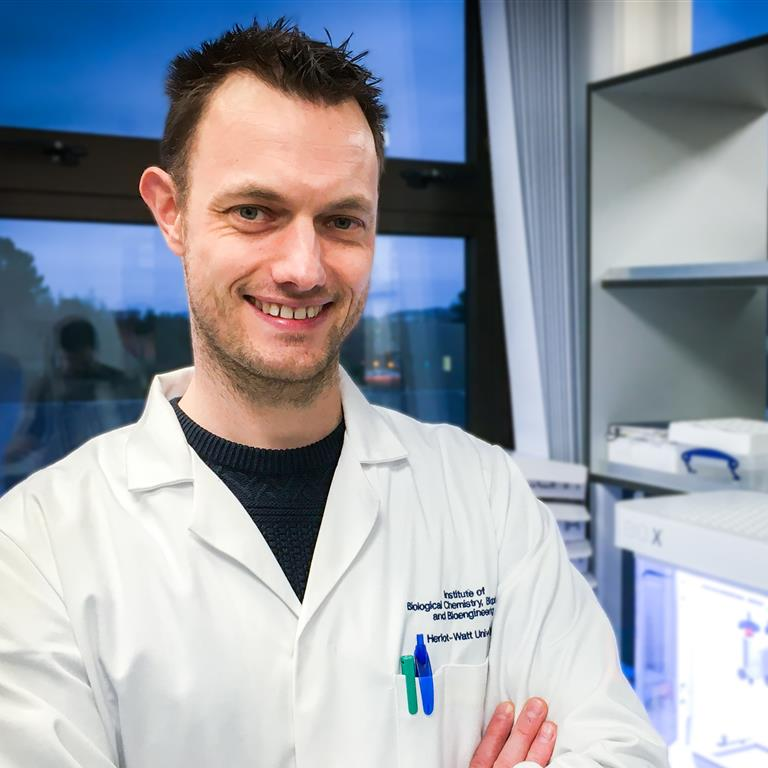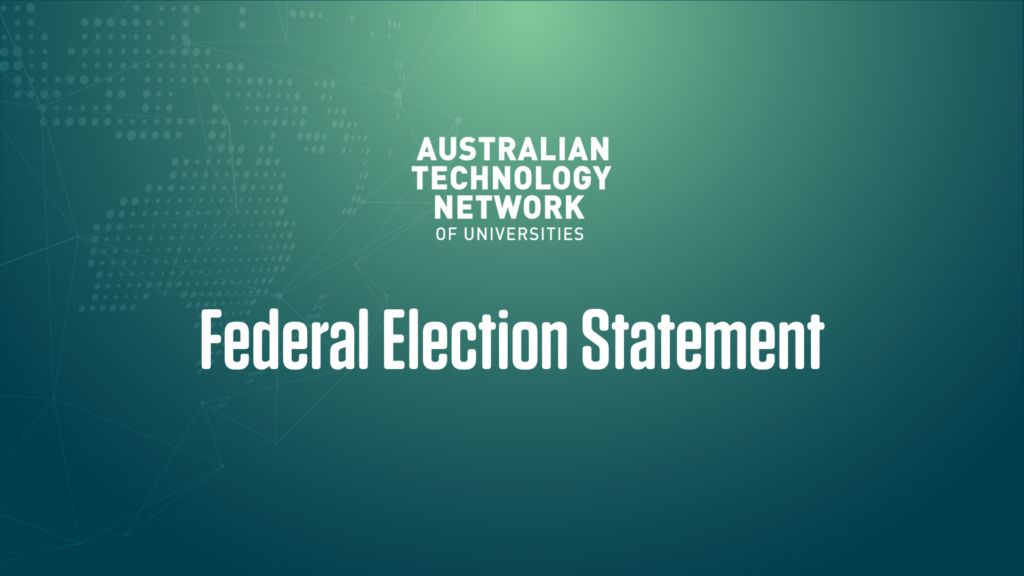The Australian Research Council has announced 100 new research grants as part of their Future Fellowships program for 2024, including nine recipients from ATN Universities.
The funded projects, each receiving a share of $106.8 million, will advance a range of critical research in Australian universities across areas such as environmental preservation, reaching net zero targets, extending our technological and infrastructural capacities, artificial intelligence development, and vital medical research to re-grow human tissue and prevent the spread of viruses.
The list of recipients from the ATN member universities are:
Curtin University
Dr Nadim Darwish
Electrochemical Deactivation of Enveloped Viruses. The project aims to develop electrochemical methods and surface-science strategies to prevent the spread of enveloped viruses. A multidisciplinary approach involving surface electrochemistry, single-protein electrochemical measurements, and electro-active nanomaterials will be used. The expected outcomes are electrochemical devices to gain new fundamental knowledge of the electrochemistry involved in viral infectivity mechanisms and the development of new virucidal materials. The materials will be the active elements of new generation of anti-transmission products such as facemasks, wipe cloths, surface coatings and air filters.
Dr Denis Fougerouse
Critical Minerals: Novel Nanoscale Insights of Mineralisation to Extraction. Critical minerals are essential to the green energy transition. Australia is well endowed in critical minerals resources; however they are inefficiently recovered in mining operations. This project aims to develop fundamentally new knowledge on the distribution of critical minerals such as indium, germanium, gallium, and cobalt in their host minerals and in residues of extractive metallurgy. This project will use atomic scale analyses to provide the first detailed study of the mineralogical processes responsible for critical minerals mineralisation and provide essential data necessary to optimise extraction of critical minerals. The project will have significant economic benefits for supporting mineral exploration and metallurgy operations.
RMIT University
Associate Professor Thuy (Kate) Nguyen
Novel oriented timber composites for fire-safe net-zero construction. This project aims to investigate the delamination and fire dynamics of engineered timber compartments using machine learning-based structural fire simulation and multi-scale experiments. The project expects to generate new knowledge on the fire safety and manufacturing of engineered timber in buildings by deploying advanced composite materials technologies. Expected outcomes include a new fire-safe oriented timber composite and an assessment framework including a multi-scale method for timber’s fire safety. Expected benefits include an increase of 80% for sustainable and affordable dwellings with a potential reduction of more than 30% in buildings’ carbon emissions. This will provide a viable pathway for Net Zero emissions in construction.

Dr Xiaoshan Lin
New-generation prefabricated element design and eco-friendly construction. This project aims to investigate and enhance the performance of prefabricated concrete structures and mitigate environmental impact through innovative concrete element design and manufacturing. The project expects to pioneer an inventive design approach and establish an advanced computational framework for producing diverse and efficient designs. It also plans to realise the optimised designs through environmentally conscious fabrication. Expected outcomes include a groundbreaking design tool and a novel minimum-waste manufacturing technology for complex concrete elements. It will yield substantial benefits, including remarkably reduced construction and repair costs, improved production efficiency and minimised greenhouse gas emissions.
University of South Australia
Professor Ferry Melchels
Autonomously expanding biomaterials for engineering growing tissues. Natural tissue and organs develop gradually and slowly, but we’ve failed to replicate this to date in artificial tissue growth. This project aims to engineer biomaterials pre-programmed to expand gradually and organically. This project expects to generate significant knowledge in achieving controlled, predictable expansion of the new biomaterials. Expected outcomes include 3d print structures, containing stem cells, to investigate how gradual expansion can aid stem cells to make tissue. Expected benefits include improved regeneration of damaged tissues, without using donor tissues or permanent implants. The new biomaterials should also be beneficial for wound healing and surgical applications, as well as pharmaceutical and cancer research.

University of Technology Sydney
Dr Jianguang Fang
This project aims to develop a new approach to designing new lightweight, damage-tolerant, and crashworthy cellular structures by taking advantage of the latest technologies in computational mechanics and topology optimisation. The project intends to develop a new multiscale topology optimisation framework to seek new disordered cellular structures, in the context of highly nonlinear mechanics considering plasticity and fracture. The expected outcome of this project is a new methodology for generating eco-friendly structures with exceptional mechanical properties in crashing applications. This should potentially provide significant benefits to transport industries by providing safe and energy-saving vehicles.
Associate Professor Heather Ford
Australians use AI answer systems embedded in virtual assistants, smart speakers and chatbots that offer “fast facts” in many quotidian contexts. But Siri, Alexa and ChatGPT provide information that is often biased, sometimes inaccurate, and almost always stripped of its human origins. Citizens display misplaced trust in systems which seem to rise above human biases to offer an apparently omniscient, neutral perspective. This project aims to “reclaim the human” in AI answer systems by mapping how knowledges are coproduced by people at multiple levels of the AI model lifecycle, collaboratively reimagining how AI answer systems might be designed differently and using the redesigned products to catalyse critical AI literacy.
Dr Jun Li
Modern buildings and infrastructure are facing challenges from natural and man-made disasters, and structural safety is jeopardized by hazardous blasts and fire scenarios. This project aims to understand concrete material and structural behaviour under the combined blast and fire loads and develop structural protective measures. Expected outcomes include an in-depth understanding of structural dynamic response and failure mechanisms under coupled blast and temperature effects and a protective measure based on ultra-high-performance concrete with multi-hazard resistance and low embodied carbon. Successful delivery of this project will benefit the construction sector in Australia and the international community.
Associate Professor Min Xu
This project aims to develop key enabling technologies for millimetre-wave radar-based monitoring of vital signs, including respiration, heartbeat, and blood pressure, for multiple users. Through mmWave imaging in a near field and cross-modality learning, computer vision knowledge is integrated into mmWave radar sensing to overcome major challenges that hinder practical applications. Person re-identification, tracking, and beamforming techniques will be developed to enable simultaneous multiple-user monitoring. The intended outcomes are novel techniques capable of monitoring vital signs for multiple people. The technology can enable a vast array of new applications, such as safety and security, healthcare and entertainment.


